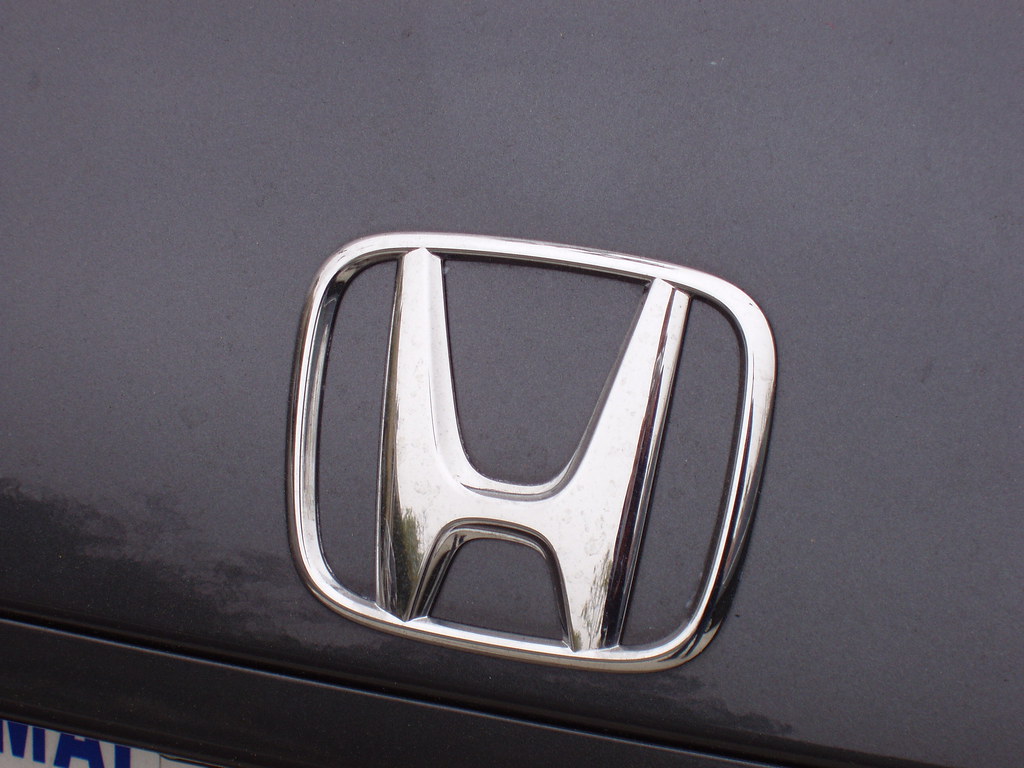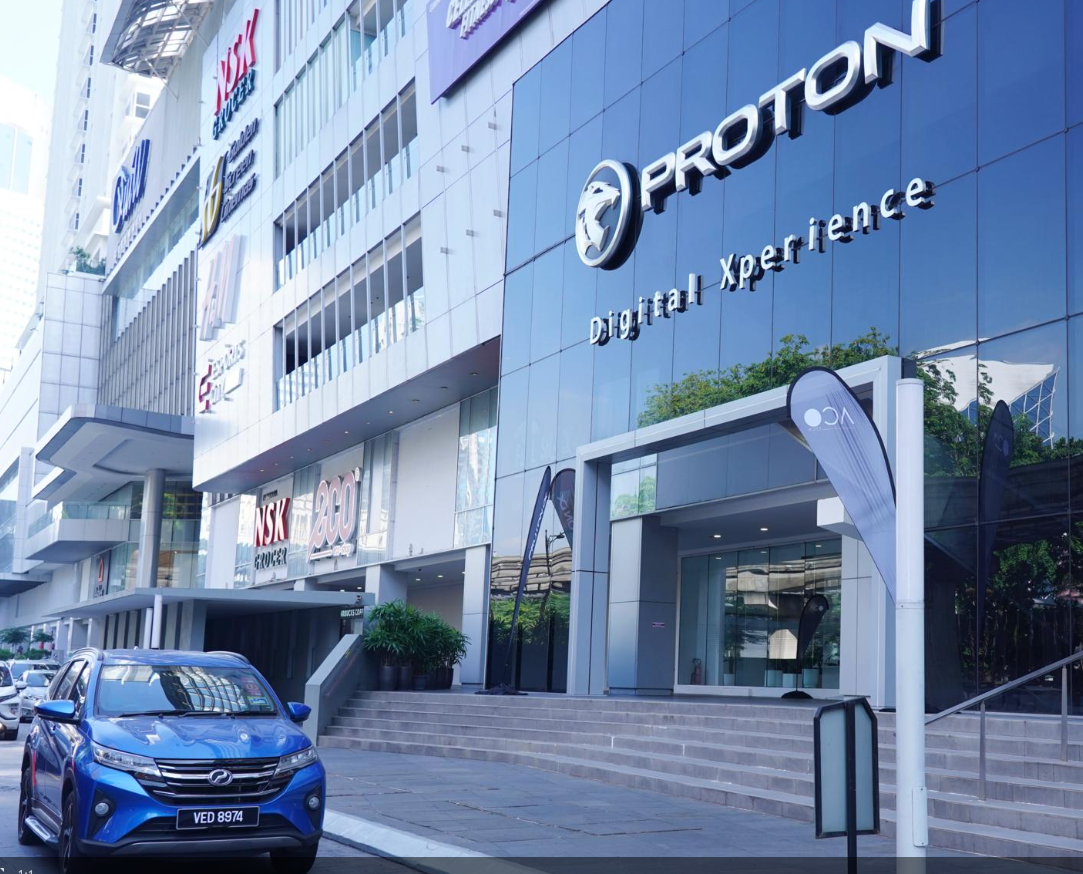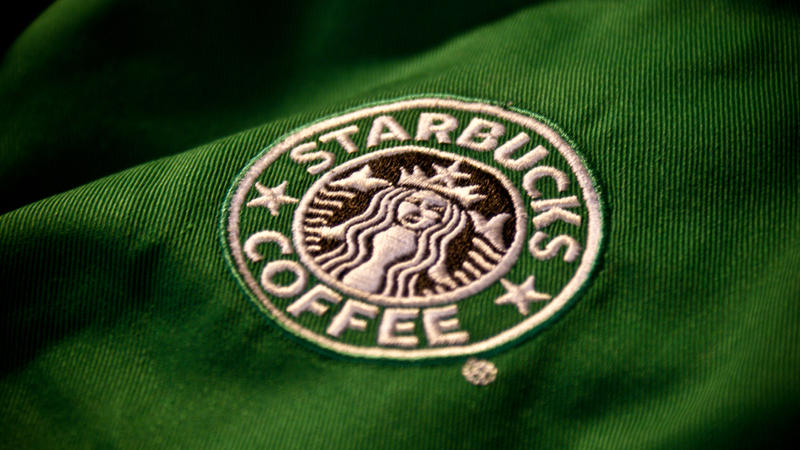Starbucks recently introduced a new code of conduct – dress code – for its baristas. This new policy puts severe restrictions on what they’re allowed to wear underneath their green aprons, a far cry from the days — almost ten years ago — when the company loosened its rules. Starting May 12, every staff person is required to put on a plain black shirt. This model fits well with khaki, black or blue denim bottoms.
In response to that and similar criticisms, on Monday the company announced a new gender-inclusive uniform policy. Baristas are now going to get two free T-shirts in their welcome packet. For instance, in 2016, Starbucks expanded its shirt colors for baristas. They expanded this every-incredible-color range by introducing gray, navy, dark denim and brown to go along with the classic black and white options. In 2019, the company took further steps to update its policy. They permitted one facial piercing per body, provided it was not more than the size of a dime.
Company’s Rationale Behind the Dress Code
Starbucks apparently hopes customers will be as comfortable with its new dress code. This change will make it easier for customers to spot their new hires in those iconic green aprons. In a note to employees, the company said that these changes were necessary to provide customers with a more reliable coffeehouse experience. They wanted to ensure that they were giving partners more explicit structure.
“By updating our dress code, we can deliver a more consistent coffeehouse experience that will also bring simpler and clearer guidance to our partners, which means they can focus on what matters most, crafting great beverages and fostering connections with customers,” – Starbucks
Still, many workers speak out against what they’re calling the rebranding. Jasmine Leli, a Starbucks barista and union bargaining delegate, condemned the action. She argued that it obfuscates more important operational concerns. Input continued her point by reiterating that the company needs to get back to basics on store execution. This involves making sure there are adequate staff levels and securing guaranteed hours for employees.
“Instead of addressing the most pressing issues baristas have been raising for years, Starbucks is prioritizing a limiting dress code that won’t improve the company’s operation,” – Leli
This dress code is just one aspect of a broader renaissance in labor relations that Starbucks’ corporate has gotten itself into. These workers, represented by the independent union Starbucks Workers United, have won successful union elections at over 550 of the company’s 10,000 U.S. stores. Last week, the company informed the union that it had reached a tentative agreement regarding the new dress code during bargaining sessions.
Starbucks is currently implementing to changes across their system. Baristas and customers are really interested to see how people respond to this new employee dress code. The company’s efforts to streamline its dress code may lead to a more uniform appearance among employees but may reignite discussions about employee autonomy and workplace conditions.
What The Author Thinks
Starbucks’ new dress code appears to be a move toward uniformity and structure, but it risks overshadowing the more critical issues that its workers face, such as fair staffing levels and secure hours. While a consistent appearance might streamline the brand’s image, it does little to address the root concerns of employees, who are calling for tangible improvements in working conditions. If Starbucks is truly committed to enhancing the workplace environment, it should prioritize its workers’ needs over superficial changes.










